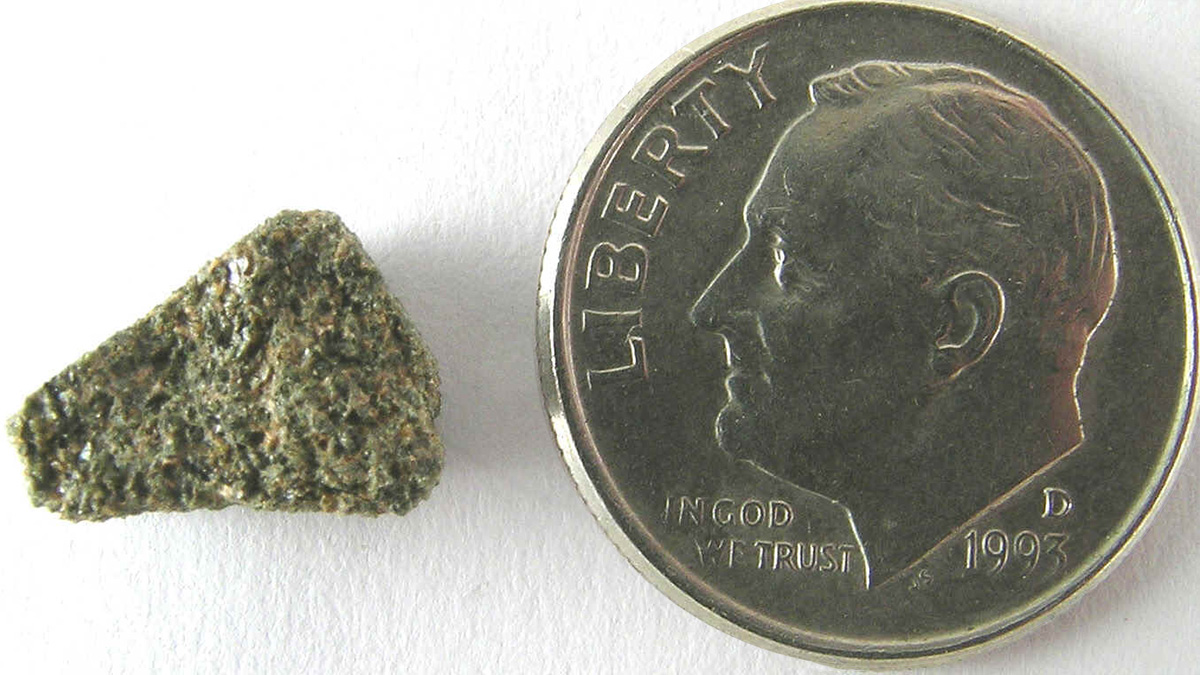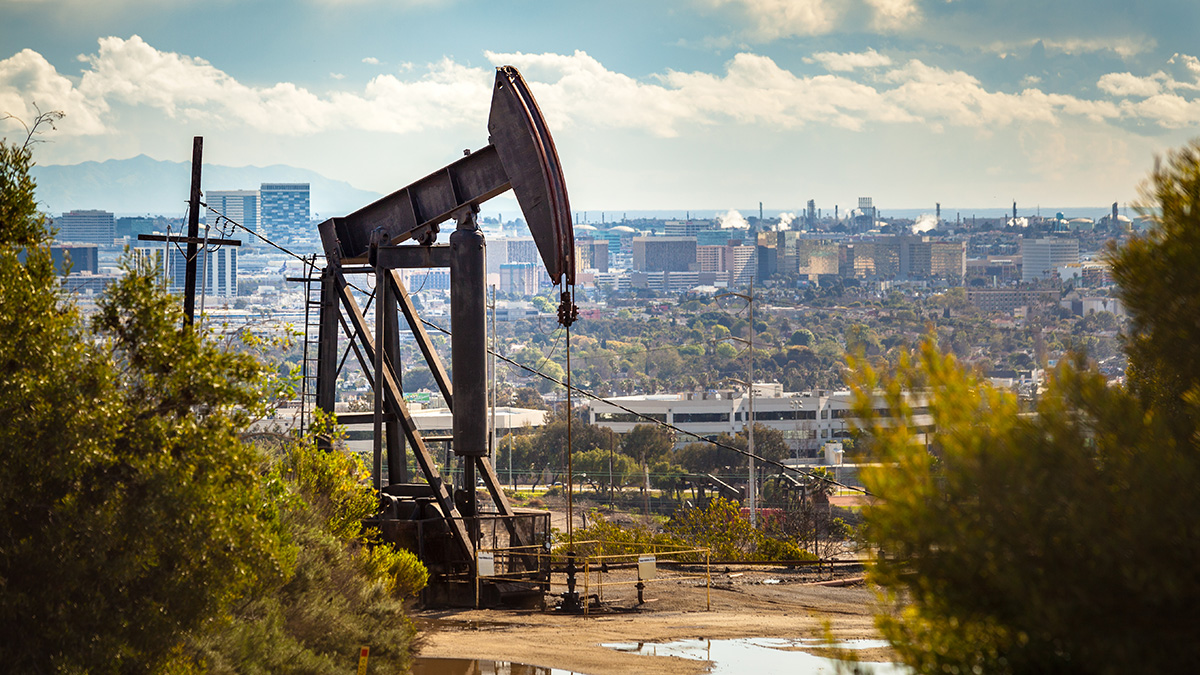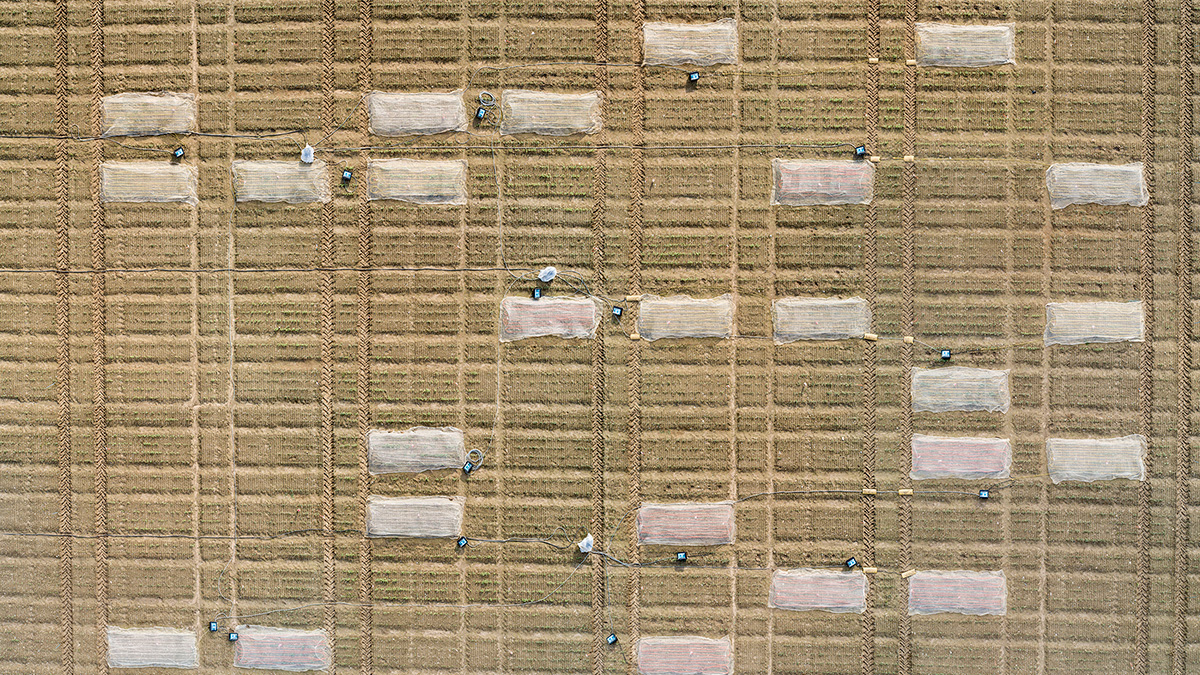An isolated polar bear population in southeastern Greenland survives in fjords, despite spotty sea ice. But this pocket of bears is not a sign of how the species could be saved.
ENGAGE
Martian Meteorites Offer a Tantalizing Glimpse of the Red Planet
By studying these literal chunks of Mars, scientists are learning more about the Red Planet’s deep interior and impact history.
How Climate Change Is Affecting Women in the Amazon
Droughts and floods have radically altered family farming, but women leaders are finding solutions for themselves and their communities.
The “Black Gold” Flowing Under Los Angeles
Functioning oil fields, some with cleverly camouflaged infrastructure, are tucked into the urban sprawl of the Los Angeles basin. But recent legislation could change that.
Una explosión de radiocarbono del pasado
El fechamiento por radiocarbono es un pilar de la climatología y la arqueología. Sin embargo, esta metodología se encuentra amenazada por las emisiones de combustibles fósiles, que invalidan una señal útil proveniente de pruebas nucleares.
Este no es el ciclo del agua que conociste en tu infancia
El USGS (servicio geológico de los EE.UU.) acaba de sacar un diagrama del ciclo del agua completamente renovado, con los humanos como protagonistas.
Warmer Winters Keep Crops Sleepy into Spring, Hurting Yield
Annual crops go dormant during winter. Frosty temperatures cue them to wake up—but the warmer winters brought on by climate change scramble the cold signal, hurting yield.
Satellites Get First Full-Year View of Arctic Sea Ice Thickness
The AI-based monitoring method may unlock data that could improve shipping safety and climate predictions.
Indian Cities Invest in Low-Cost Air Quality Sensors
The sensors help bridge gaps in air quality data due to critical shortages of government monitoring stations.
Not Your Childhood Water Cycle
The USGS just debuted a complete remaking of the water cycle diagram—with humans as headliners.










